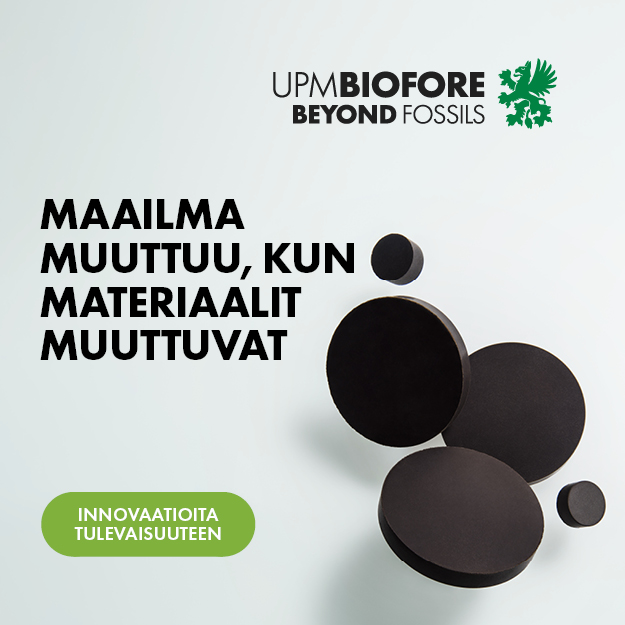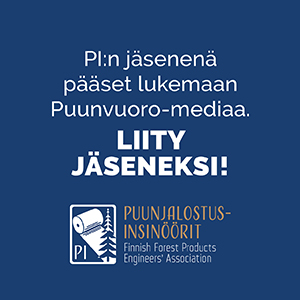”We are really good at making stiff materials and strong materials, and on the other hand, making elastic materials, but it is extremely difficult to make one material that has all these qualities. But in nature, we can find spider silk. It is an extremely tough and flexible, unique material”, says research scientist Pezhman Mohammadi from VTT.
The researchers of VTT’s and Aalto University’s joint project were inspired by nature, and glued soft spider silk protein into a stiff and strong cellulose nanofibre network. The result is a truly new, strong and flexible bio-based material that could replace plastic in many applications. It would be suitable material for surgical threads, since it doesn’t induce any allergic or other immunological reactions.
”In the form of fibre, the composite could be used as a raw material in the textile industry, but it won’t be available very soon in any high street fashion stores. Therefore we aim first for medical applications. The possibilities are almost limitless because we can make the composites in different forms. They can be made into films, aerogels or hydrogels, for example. One can think of making implants or even bullet proof vests.”
Synthetic spider-web silk
The research around spider-web silk has been going on for 50 years, but only one textile in the world is made of it.
”Spiders can’t be farmed like for example silkworms can, because spiders start to eat each other if there are lots of them. Even if this problem could be solved, spiders are not very efficient in producing the silk and the quantities would be very small”, Pezhman explains.
Therefore the silk protein used in this composite is biosynthetically produced.
”We have the knowledge and technology to transfer spider silk genes responsible for producing silk into microorganisms and let them produce the same protein building blocks as in spider silk. This enables us to produce the spider silks more efficiently than in nature in industrially relevant quantities. We can go even one step beyond the evolution of spider silk. With the set of desired properties in mind, we can alter spider silk protein to produce entirely new materials for diverse medical and industrial applications.”
This research project was part of the work of the Centre of Excellence in Molecular Engineering of Biosynthetic Hybrid Materials (Hyber). The project lasted for four years.
Text Katariina Krabbe
Photos Aalto University



